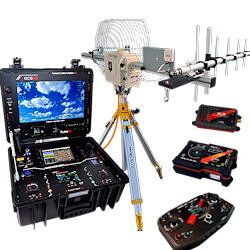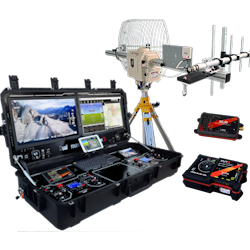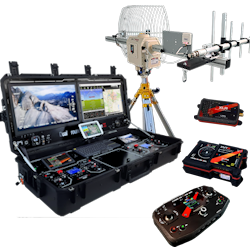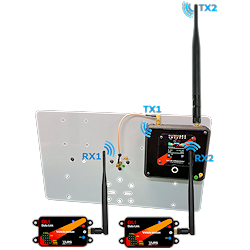(+34) 615 18 50 77
📧 Contact Us: sales@dmd.es
💬(+34) 615 18 50 77
- Redundant Systems
- D5 All-in-one Portable Ground Control Station
- All Products
- XLRS Products
- News
- DL1, Data Link
- D1 Data Link + Radio Control
- D1 Remote Controller
- D1 Ground Control Stations
- D2 Remote Controller
- D3 Remote Controller
- D4 Ground Control Stations
- D5 Ground Control Stations
- Antenna Tracker
- XVID FPV Analog Video
- FPV Digital Video
- Air units
- XLRS Licenses
- Tripods
- Antennas, connectors and extenders
- Accesories, cables and spare parts
- Other RC Products
📧 Contact Us: sales@dmd.es
💬(+34) 615 18 50 77

Today we are going to understand how to increase the performance, security and range of XLRS radio frequency systems by using them in redundant mode for the C2 link and optionally for video.
Sometimes local regulations require redundancy on the C2 link.
In other cases, if the vehicle and its payload have a high price or have to perform long missions, in sensitive or complicated RF environments or at many km, it will be necessary to increase reliability and safety.
Then a redundant system will be a good solution.
Improved performance and range
With a redundant system we will improve performance by increasing the work scope that we estimate from the usual 50% to approximately 80% depending on cases and conditions and strengthening the radio link or Data Link.
In other words, if with a maximum range of 200Km the recommended working range is 100km, with this solution the recommended working range can reach 160-180Km. The average scope of work is what is really interesting. More information here.
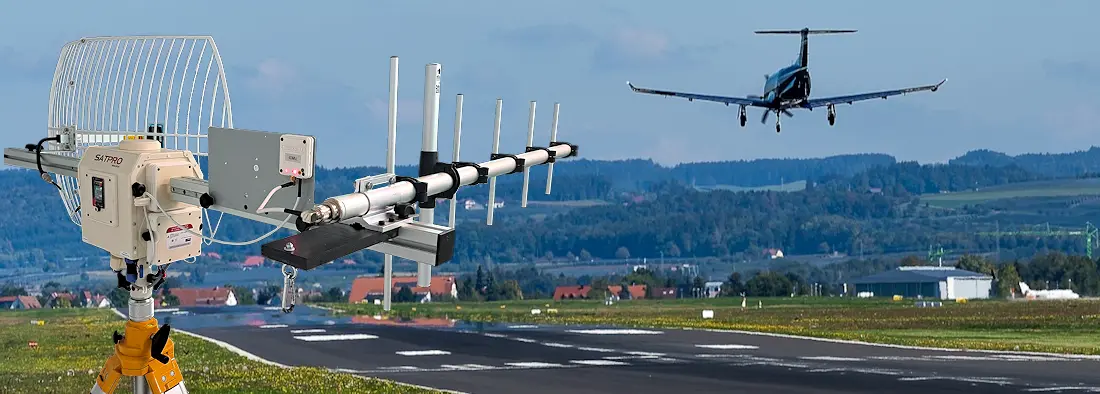
What I need?
Link C2: Two receivers are used in the vehicle and the base station contains two transmitters
Video: if our system has video separate from radio control and telemetry, this link can also be redundant with XVHDR_SAT. Normally 2.4 Ghz is used for video.
There are other frequencies available but these are the most common.

What are the elements involved?
For a radio system to be redundant, the RC and telemetry receivers and transmitters are duplicated. Less common is duplicating video systems.
Data Links WMX481R / BTSD1R_V3
New WMX481R, BTSD1R_V3, TXDL1R-V2 carry two autonomous internal RF modules with their own microcontroller in addition to the central uC. It communicates via RCBus with the rest of the XLRS modules.
Each of the RF modules can work on a different channel or different RF band with independent characteristics if necessary.

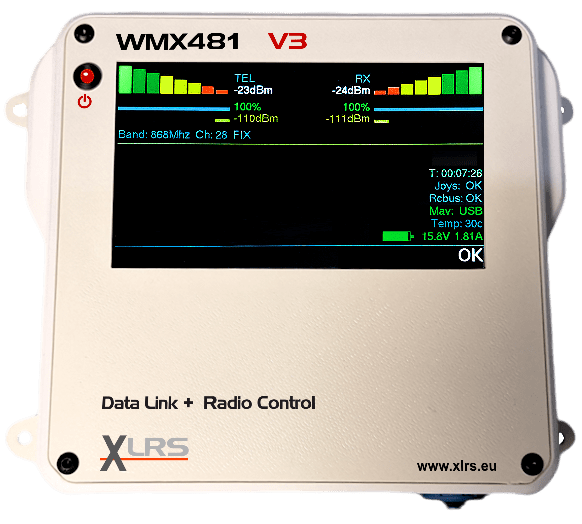

The difference between these Data Links is the type of communication since WMX481R also has Display TFT 4.3″ with touch, Ethernet, and 3 power inputs from 9 to 24Vdc: Outdoor battery, RCBus Connector and Ethernet Poe.
The RF modules are for radio control and telemetry. That is, for link C2. Not for video.
Redundant RXRLS receivers:
To obtain redundancy in a vehicle, it will be enough to use two RXLRS receivers connected to each other. Normally the receivers are configured to use real-time redundancy, that is, if a single radio packet fails, the system corrects it packet by packet.
In the event of a failure of one of the two receivers, the system will continue to function the same, the pilot will not notice any failures.
Two different frequency bands can be used (according to standards and countries, you can only use different frequencies in a single band), for example (433Mhz and 915Mhz) or (903Mhz and 915Mhz), increasing security against interference if any and reflections of the RF signal. Furthermore, if one of the two receivers or one of the two transmitters failed, it would not be noticed, link C2 would continue to operate.

Redundant video system:
XVHDR_SAT works in switching mode, that is, when a system fails, it switches to the redundant or secondary system.
 It is usually more cumbersome since the receiver needs two satellite dishes or two high-gain patch antennas.
It is usually more cumbersome since the receiver needs two satellite dishes or two high-gain patch antennas.
Two XVTR modules must be installed in the vehicle.
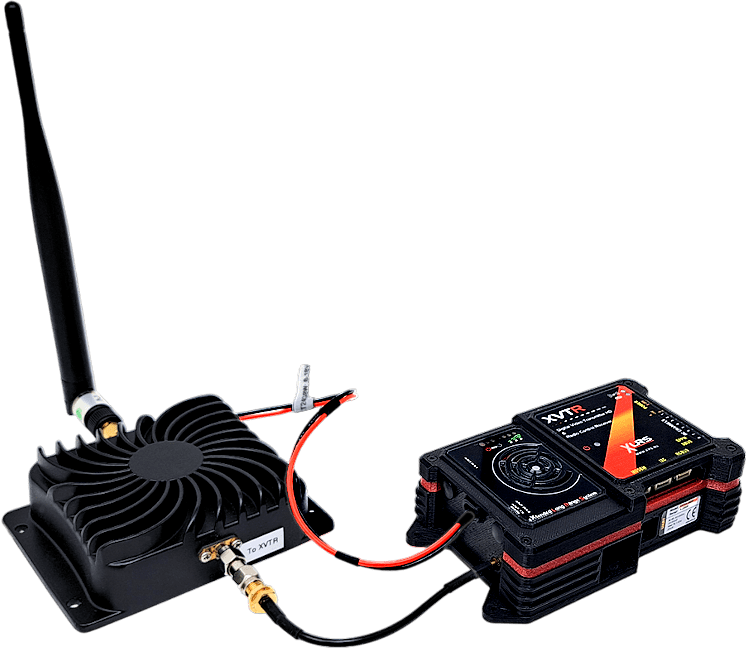
Redundancy can be seen in two ways
• In real time. At the failure and correction level of each data packet.
• Switched. When there is a general or continuous failure of one system and it switches to the other.
At the radio level we can classify them
• On different radio bands.
• On different channels.
Customized projects
Depending on the project and quantity, we can manufacture customized XLRS redundant system, if you are interested contact us sales@dmd.es.
XLRS Shop
Blog XLRS
Digital Micro Devices S.L Copyright © 2025












